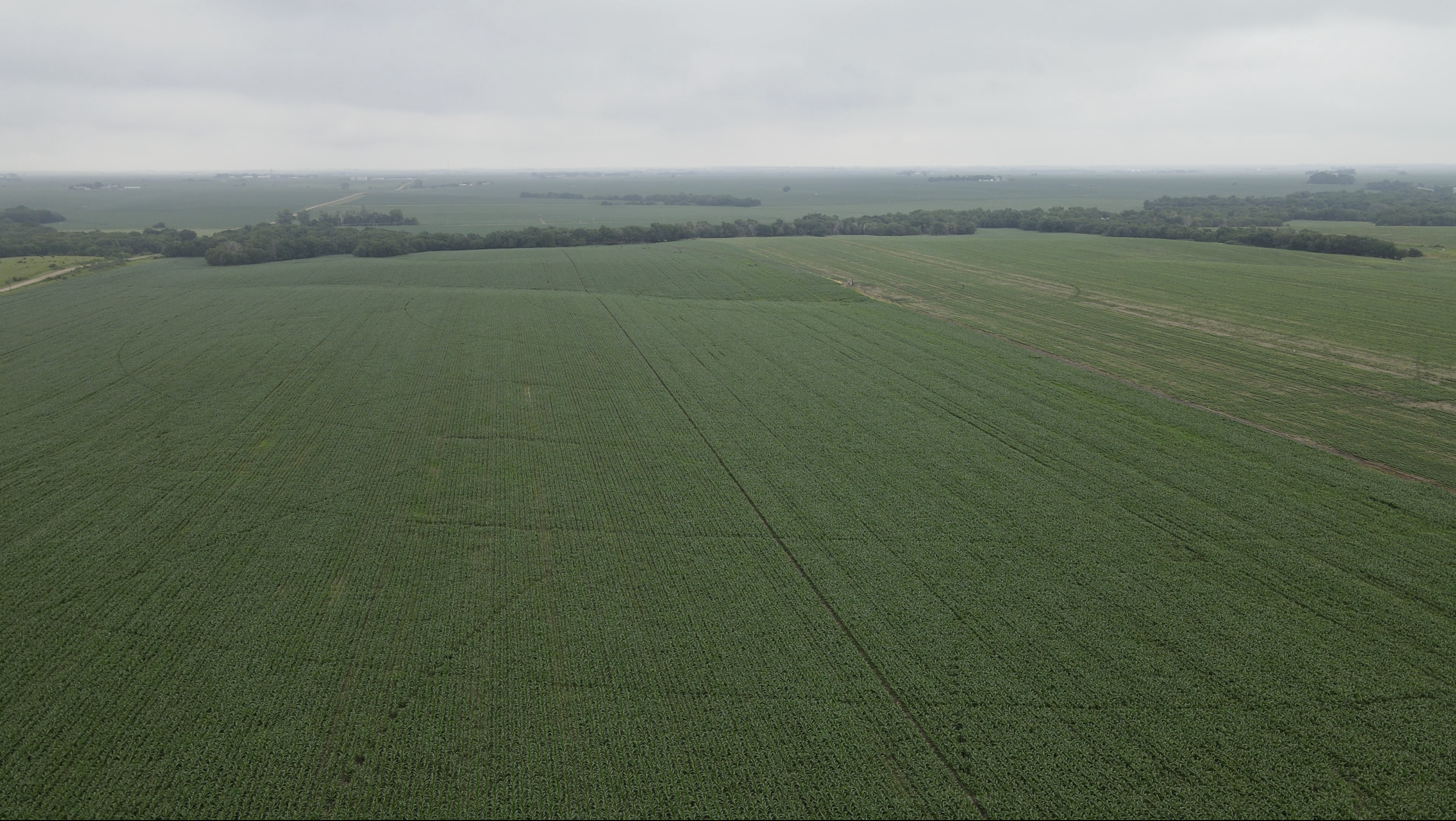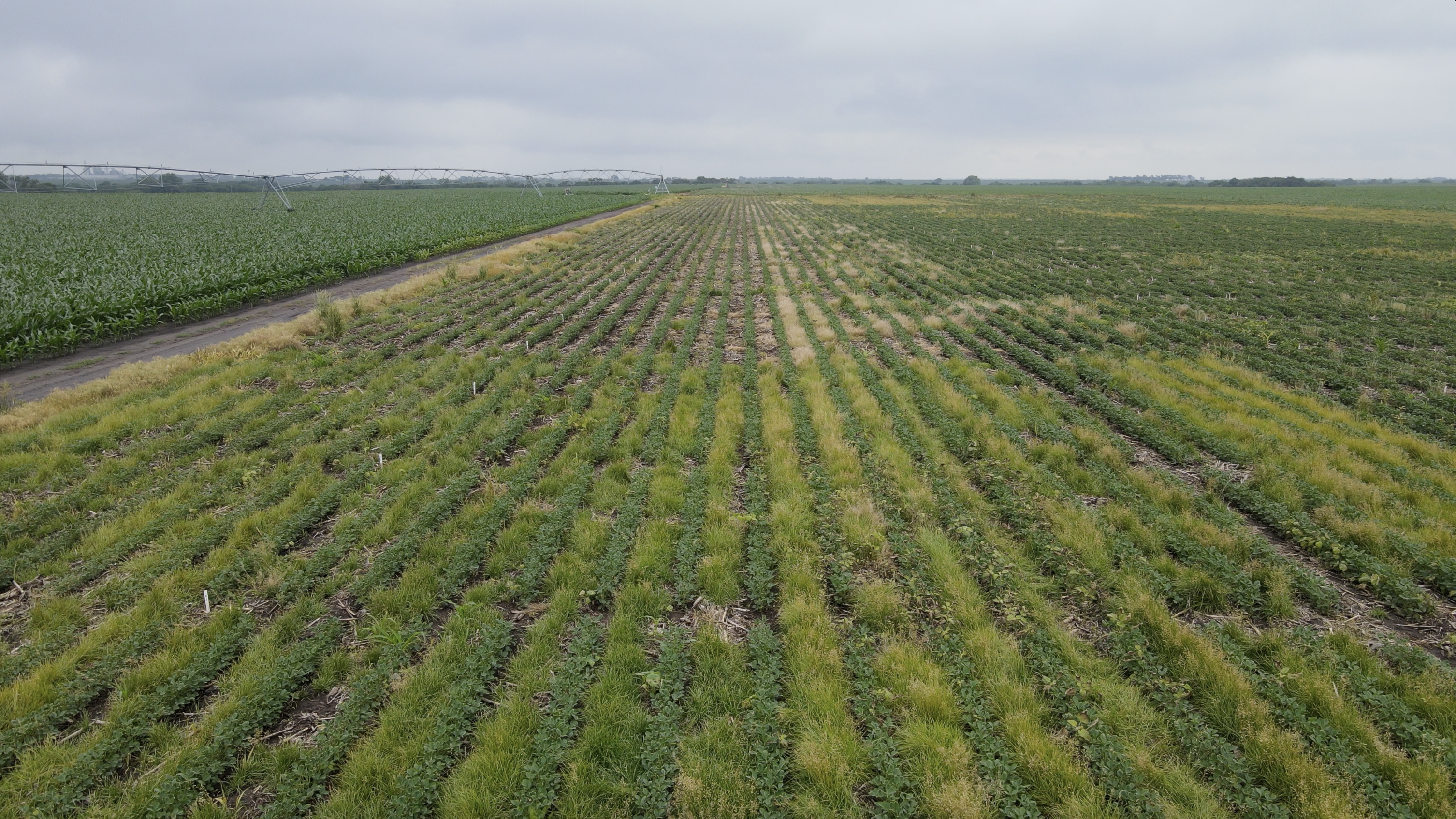Perennial Groundcovers (PGCs) are an innovative agricultural approach designed to protect and improve soil health while maintaining high-yield crop production. Unlike traditional cover crops that are planted and terminated annually, PGCs are low-growing perennial plants that remain in the field year-round, providing continuous living cover alongside annual row crops like corn and soybeans.
This system is being developed to address pressing challenges in agriculture, including soil erosion, nutrient runoff, water quality degradation, and climate resilience. By keeping the soil covered throughout the entire year, PGCs reduce the risk of erosion and leaching, improve soil structure, enhance biodiversity, and contribute to carbon sequestration.
Why Perennial Groundcovers Matter
Modern row-crop agriculture in the U.S. Midwest often leaves soil bare for several months each year, making it vulnerable to degradation. PGCs offer a sustainable solution by:
-
Reducing soil erosion and nutrient loss
-
Improving water infiltration and retention
-
Enhancing soil organic matter and microbial activity
-
Supporting long-term farm productivity and environmental stewardship

How the System Works
In a PGC system, perennial grasses are established between the rows of annual crops. These groundcovers are carefully managed to minimize competition for light, water, and nutrients, often through practices like spring suppression and strip tillage. With proper design, PGCs grow low enough to avoid interfering with the main crop’s development while still providing ecological benefits.
A Path Toward Regenerative Agriculture
Perennial Groundcovers are a key part of the transition to regenerative agriculture—systems that not only sustain but improve natural resources. By reducing the trade-offs between productivity and conservation, PGCs make it possible for farmers to produce food profitably while caring for the land for future generations.
